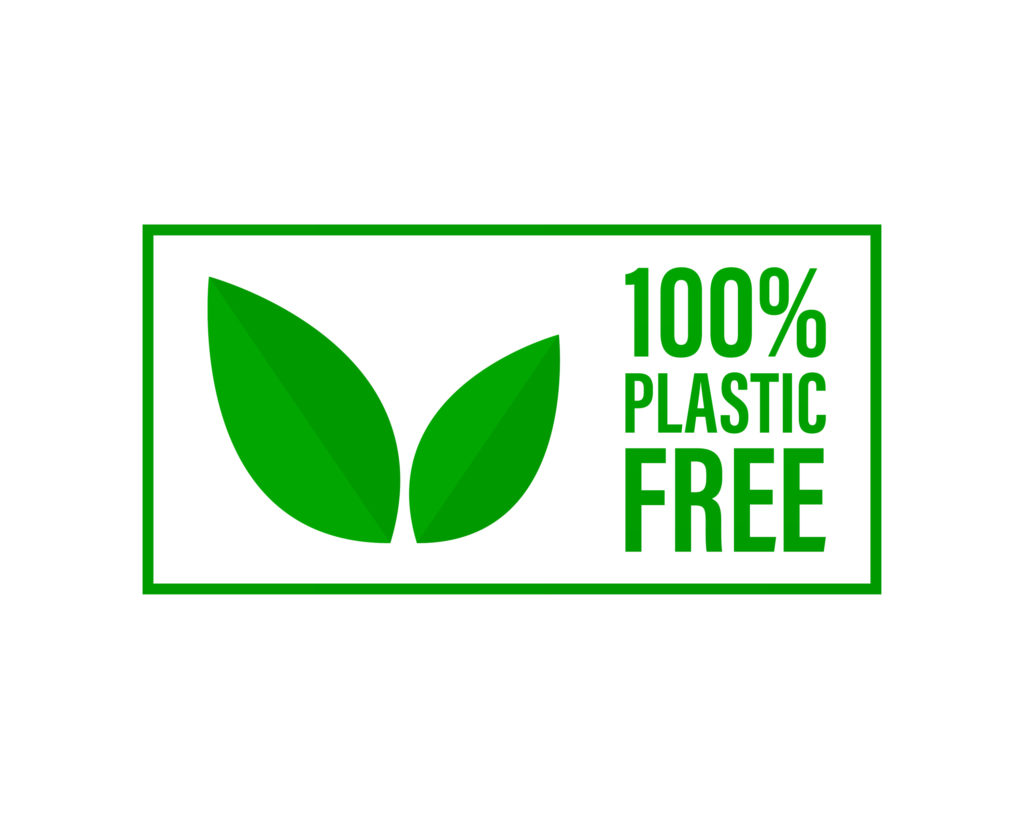Want to Clean Up Our Planet? Take the Plastic Free July Challenge!

Did you know that only about 9% of the plastic ever produced has been recycled? This means that 91% of plastic is either in a landfill or polluting our environment, according to the 2020 Plastic Free July report. Today, humans produce about 300 million tons of plastic each year, according to the UN Environment Programme. If we humans don’t get plastic waste under control, our oceans could contain more plastic than fish by the year 2050!
Why is plastic waste bad?
Plastic waste harms the environment in plenty of ways. According to National Geographic, single-use-plastic like plastic bags and food wrappers make up 40% of plastic produced annually. It can take these plastics hundreds of years, if not more, to deteriorate. Animals can become entangled in plastic waste and even ingest it, making them sick, which can harm entire species and ecosystems. A lot of plastic waste also breaks down over time into microplastics, tiny particles that can get into our food and drinking water.
What are some simple ways to reduce plastic?
Given the dangers of plastic waste, it is very important that we produce as little as possible. Luckily, there are some very easy ways to reduce the amount of plastic you use. For example, drinking from a reusable water bottle, bringing your own reusable shopping bags, forgoing plastic straws and lids, and buying package-free products when possible, are all great ways to reduce plastic.
Participate in Plastic Free July!
Our plastic habits can be hard to shake. A great way to get motivated is to participate in the Plastic Free July Challenge. A key initiative of the Plastic Free Foundation, Plastic Free July is a movement that challenges participants to avoid plastic for a whole month. Think you can do it? Take the challenge!
Have students work in teams to identify products without plastic, and products they think could not exist in a pre-plastic world. Check out the IEEE TryEngineering lesson plan, A Century of Plastics.

















